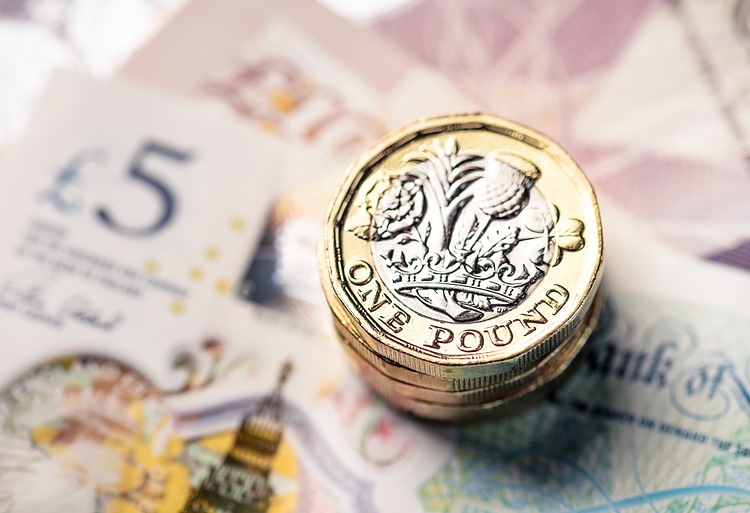The GBP/USD pair has seen a decline of 0.26% to 1.3076 after reaching a peak at 1.3134. This drop has been influenced by dovish remarks from the Bank of England (BoE) Governor Andrew Bailey and rising US Treasury yields. The Relative Strength Index (RSI) indicates seller dominance, with key support levels at the 50-Day Moving Average (DMA) of 1.3077, 1.3031, and 1.3001. Resistance is seen at 1.3100, with additional targets at 1.3134 and the October 4 high of 1.3174.
In the technical outlook for the GBP/USD pair, the overnight session saw the pair hitting a three-week low of 1.3058 before bouncing back slightly. The rise in US Treasury yields has boosted the US Dollar, pushing it to a 7-week high but still below 103.00. The RSI has turned bearish, indicating that sellers are in control and the path of least resistance for the Pound is downwards. The first support level is at the 50-DMA at 1.3077, followed by 1.3031 and 1.3001.
For the GBP/USD pair to move higher, it would need to break above the resistance at 1.3100, with potential targets at 1.3134, 1.3150, and the October 4 peak at 1.3174. The daily chart shows the price action of the British Pound against various major currencies, with the Pound showing strength against the New Zealand Dollar. The heat map displays the percentage changes of major currencies against each other, with the base currency on the left column and the quote currency on the top row.
Overall, the GBP/USD pair has experienced a decline due to dovish BoE remarks and rising US Treasury yields. The technical outlook suggests that sellers are currently in control, with key support levels at 1.3077, 1.3031, and 1.3001. Resistance levels are at 1.3100, 1.3134, and 1.3174. Traders should monitor these levels closely for potential trading opportunities in the GBP/USD pair.











